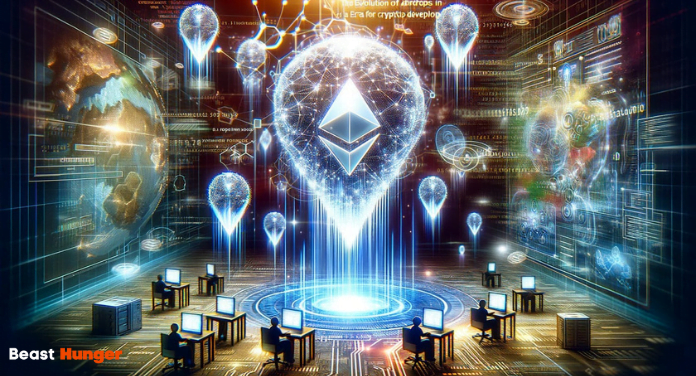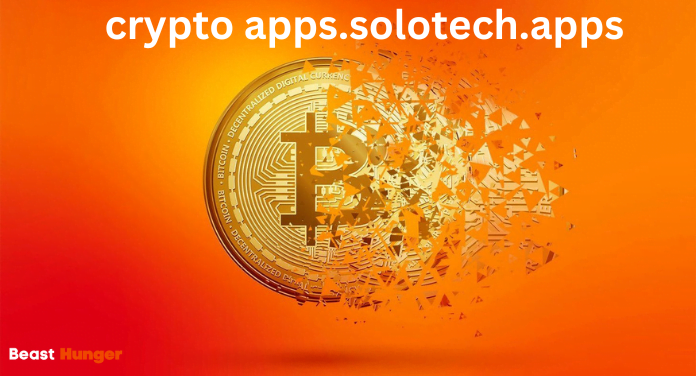The Future of Crypto Apps
Crypto apps and decentralized applications (dApps) are poised to transform how we interact with crypto, DeFi, NFTs, and web3 services. As blockchain technology matures, crypto apps like crypto apps.solotech.apps are becoming easier to use, more accessible, and packed with advanced features.
Improving Usability Through Simplification
Many of the most popular crypto apps today succeed by simplifying complex processes. For example, apps like Coinbase and Crypto.com simplify buying, selling, and managing crypto investments. They abstract away blockchain complexity so mainstream users can easily invest in top cryptocurrencies.
Other apps like Metamask and Rainbow act as crypto wallets and gateways to decentralized apps. By handling wallet creation and gas fees behind the scenes, these apps make exploring the world of dApps much more user-friendly. Expect crypto apps to become even simpler and more intuitive as blockchain UX keeps improving.
Advanced Analytics and Automation
Today’s crypto investors also rely on advanced analytics apps like CoinMarketCap, CoinGecko, and CoinStats to track investments across exchanges. Features like portfolio tracking provide deep insight into profit/loss and historical performance.

New automation apps are also emerging to help optimize trading strategies. Apps like Coinrule, Stacked Invest, and Shrimpy execute automated trades on behalf of users based on preset conditions to simplify investing. These tools hint at a future world of “set and forget” crypto finance.
The Multi-Chain Future – crypto apps.solotech.apps
While Ethereum has dominated dApp development thus far, alternative “Layer 1” blockchains are expanding the possibilities for crypto apps. Fast and low-cost networks like Solana, Polygon, Avalanche, and BNB Chain are attracting developers across DeFi, NFTs, metaverse, and more.
Cross-chain interoperability protocols like Cosmos and Polkadot also connect different blockchain ecosystems. This multi-chain future means crypto apps can tap into multiple networks to best serve their product and users.
For example, a DeFi app may use Ethereum for liquidity but turn to a faster network like Solana to reduce fees and congestion. Meanwhile, a GameFi project could leverage Immutable X for NFT assets while using Polygon for gameplay logic. As bridges connect fragmented networks, crypto apps will be able to combine the unique strengths of different blockchains.
The Rise of Web3 Services
Web3 takes crypto app functionality even further by integrating blockchain services directly into traditional web experiences. Web3 crypto apps allow users to access DeFi, NFT profiles, decentralized storage, crypto payments, and more without installing a browser extension like Metamask.
For example, Handshake uses decentralized DNS to assign blockchain usernames while still being accessible through a normal web browser. ENS domains powered by the Ethereum Name Service operate similarly. This allows crypto apps to onboard mainstream users with familiar web experiences rather than solely relying on browser extensions.
As crypto bridges the gap to mainstream adoption, expect web3 functionality to permeate more digital experiences. Over time, internet users may interact with blockchain services daily without even realizing it thanks to crypto apps.solotech.apps with web3 integration.
The Next Stage of Evolution

Crypto apps have come a long way from complex wallet apps and confusing decentralized exchanges just a few years ago. Today’s newest crypto apps offer simplified interfaces, advanced analytics, cross-chain interoperability, and web3 integration that will become the norm in the years ahead.
As blockchain technology progresses, crypto apps will unleash the true possibilities of decentralized finance, NFTs, metaverse virtual worlds, and web3. With strong UX and simplified access, crypto apps can onboard the next billion users to blockchain services, driving adoption to new heights. The future of crypto apps.solotech.apps is bright indeed.






